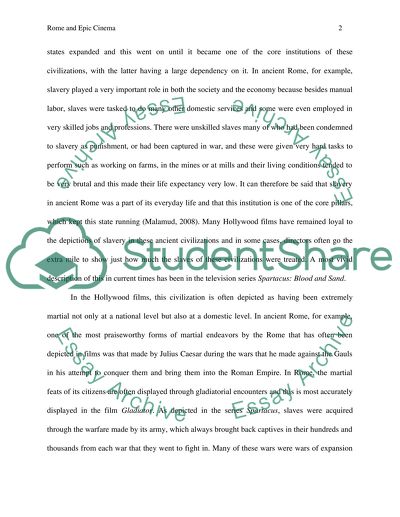Cite this document
(“Rome and Epic Cinema Essay Example | Topics and Well Written Essays - 1250 words”, n.d.)
Rome and Epic Cinema Essay Example | Topics and Well Written Essays - 1250 words. Retrieved from https://studentshare.org/visual-arts-film-studies/1482512-rome-and-epic-cinema
Rome and Epic Cinema Essay Example | Topics and Well Written Essays - 1250 words. Retrieved from https://studentshare.org/visual-arts-film-studies/1482512-rome-and-epic-cinema
(Rome and Epic Cinema Essay Example | Topics and Well Written Essays - 1250 Words)
Rome and Epic Cinema Essay Example | Topics and Well Written Essays - 1250 Words. https://studentshare.org/visual-arts-film-studies/1482512-rome-and-epic-cinema.
Rome and Epic Cinema Essay Example | Topics and Well Written Essays - 1250 Words. https://studentshare.org/visual-arts-film-studies/1482512-rome-and-epic-cinema.
“Rome and Epic Cinema Essay Example | Topics and Well Written Essays - 1250 Words”, n.d. https://studentshare.org/visual-arts-film-studies/1482512-rome-and-epic-cinema.


